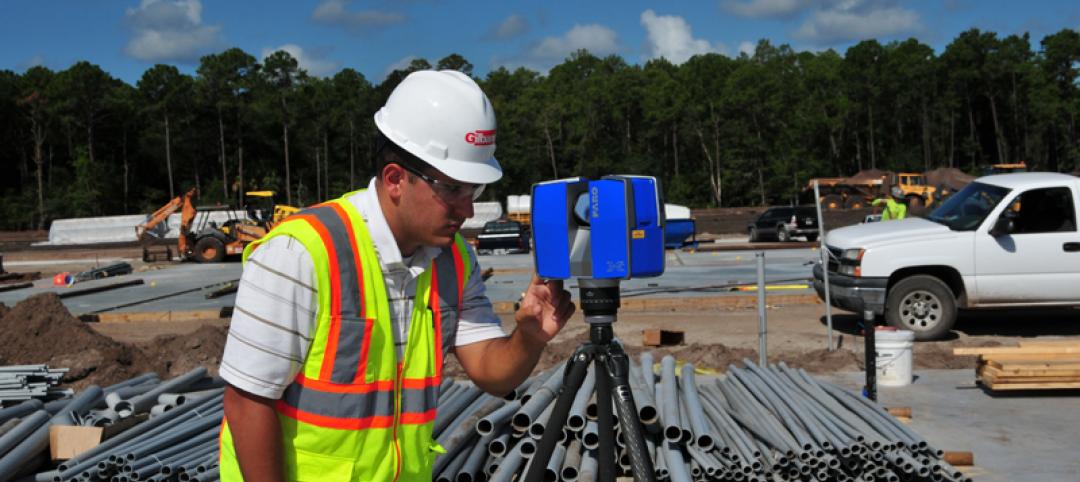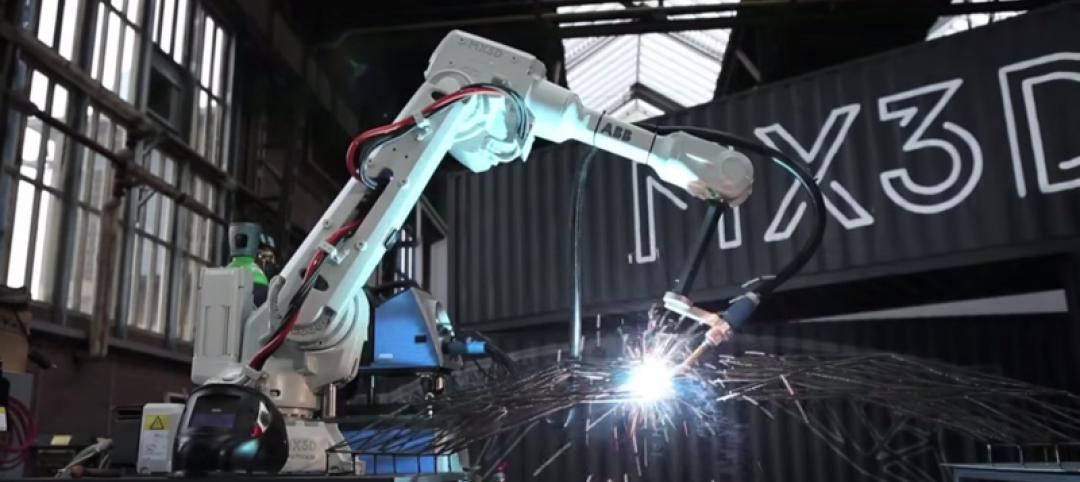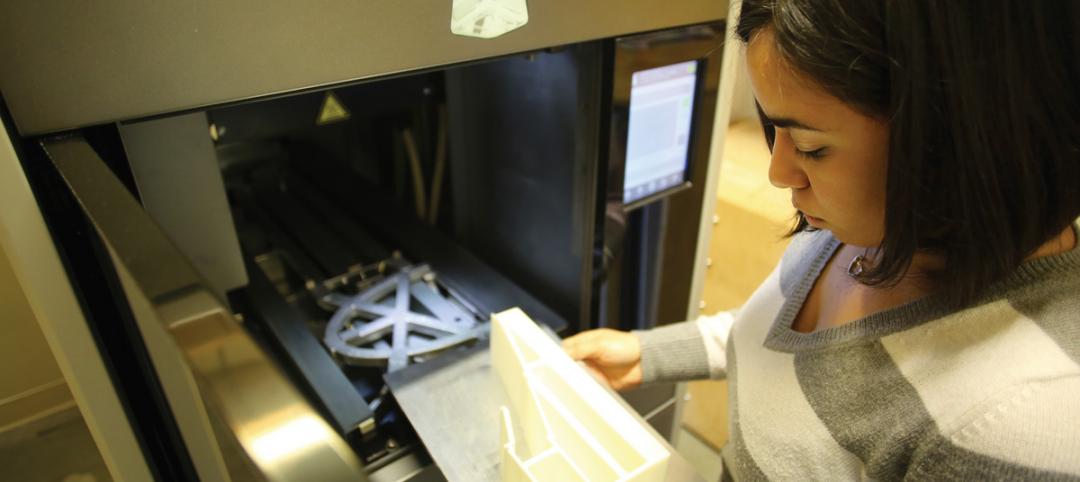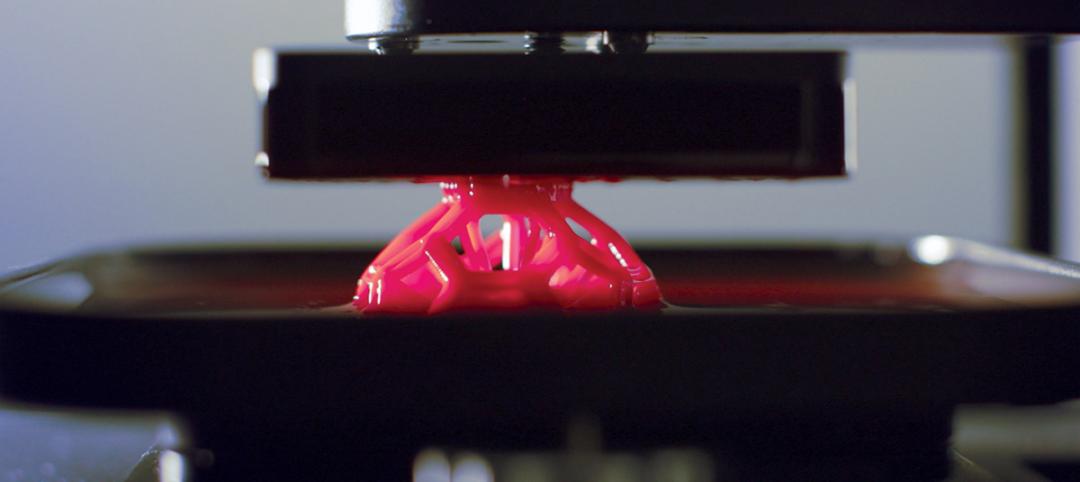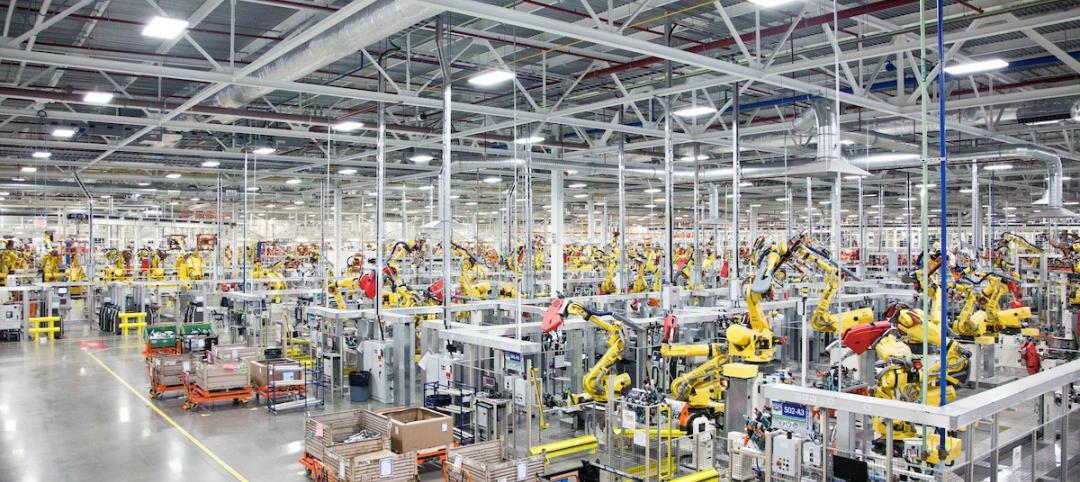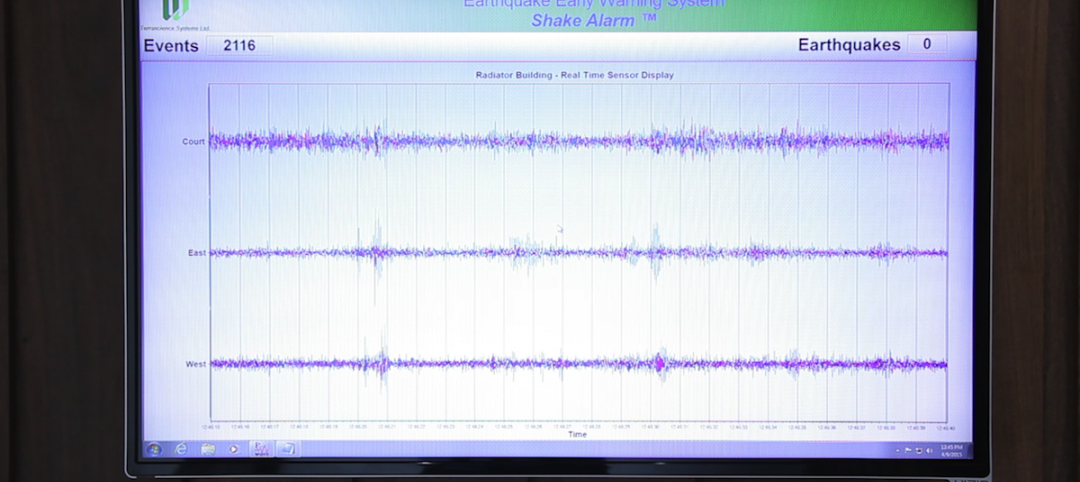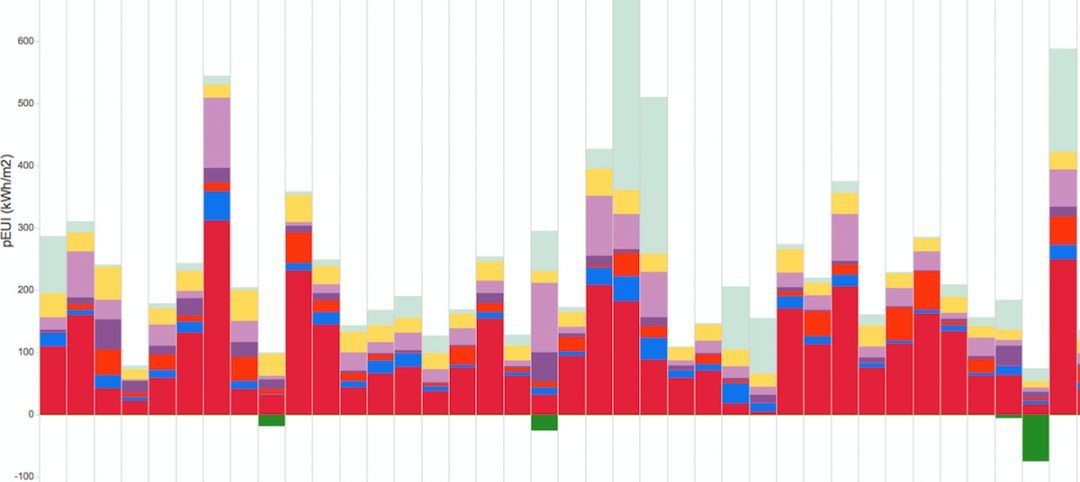WeWork, the fast-growing provider of co-sharing work spaces, has acquired Case, the New York-based building information modeling consultant.
The acquisition of comes a few months after WeWork, in June, announced that it had raised $400 million from investors, bringing its total funding to nearly $1 billion.
David Fano, one of Case’s three cofounders, explained that as part of WeWork, his firm’s design teams will be thinking more about “process improvements” and how it can take efficient space design, construction, and management to the next level. “We were really excited about being on the decision-making side … and having a direct hand in designing the construction we are going to do,” Fano told the Commercial Observer.
Fano says more than 90% of Case’s 63-person workforce is joining WeWork, and that his company will now work exclusively for its owner. He adds that the combination should help WeWork standardize the means by which it designs its properties.
Started less than five years ago, WeWork’s valuation is now somewhere between $5 billion and $10 billion. The company has more than 30,000 customers in 11 U.S. cities, and more than 1 million sf of shared office space in New York City alone. In the first half of 2015, WeWork was Manhattan’s most active tenant, according to The Real Deal.
Over the last 36 months, WeWork has grown to 70 employees from eight. A few months ago, Roni Bahir, its Executive Vice president of Strategic Development and Special Projects, said the company intends to open between 40 and 50 locations by June 2016, and add at least 50 million sq of space within the next five years. WeWork has been one of Case’s “owner” clients for the past three years.
When Case launched in 2008, it was operating out of one of WeWork’s spaces, and the two companies have since been linked at the hip as WeWork has expanded. The terms of the acquisition were not disclosed, but both Case and WeWork have moved into permanent headquarters at 115 West 18th Street in New York’s Chelsea neighborhood.
Related Stories
Sponsored | BIM and Information Technology | Jun 23, 2015
Emerging technology reinvents construction principals
Gilbane discovered the anecdotal side of laser scanning pales in comparison to the dramatic ROI story.
BIM and Information Technology | Jun 23, 2015
A steel bridge in Amsterdam will be 3D printed
To complete the bridge, multi-axis industrial robots will be fitted with 3D printing tools and controlled using custom software that enables the robots to print metals, plastics, and combinations of materials.
BIM and Information Technology | Jun 21, 2015
11 tips for mastering 3D printing in the AEC world
Early adopters provide first-hand advice on the trials and tribulations of marrying 3D printing with the science of building technology.
BIM and Information Technology | Jun 16, 2015
What’s next for 3D printing in design and construction?
The 3D printer industry keeps making strides in technology and affordability. Machines can now print with all sorts of powderized materials, from concrete to chocolate.
BIM and Information Technology | Jun 15, 2015
Arup report predicts future of manufacturing
Human-robot collaboration, self-cleaning and self-healing materials, mass customization, and 3D printing will herald a new "golden age" of production.
BIM and Information Technology | Jun 14, 2015
Deep data: How greater intelligence can lead to better buildings
The buzzword may be “Big Data,” but the reality is that Building Teams need to burrow deep into those huge datasets in the course of designing and building new facilities. Much of the information is free. You just need to dig for it.
Smart Buildings | Jun 11, 2015
Google launches company to improve city living
The search engine giant is yet again diversifying its products. Google has co-created a startup, called Sidewalk Labs, that will focus on “developing innovative technologies to improve cities.”
Seismic Design | Jun 9, 2015
First building-specific earthquake warning system installed in North Portland, Ore.
The ShakeAlarm system recognizes and quantifies the faster but lower-energy seismic P-wave, which is the precursor to the more damaging S-wave.
BIM and Information Technology | Jun 8, 2015
Ready for takeoff: Drones await clearance for job site flights
The fog is finally lifting on who will be allowed to pilot unmanned aerial vehicles.
Green | Jun 8, 2015
Diamond Schmitt Architects creates tool to compare energy use data across building types
The firm's new ecoMetrics tool allows for a comprehensive analysis of data from energy simulation models across a wide range of the company’s building types.



